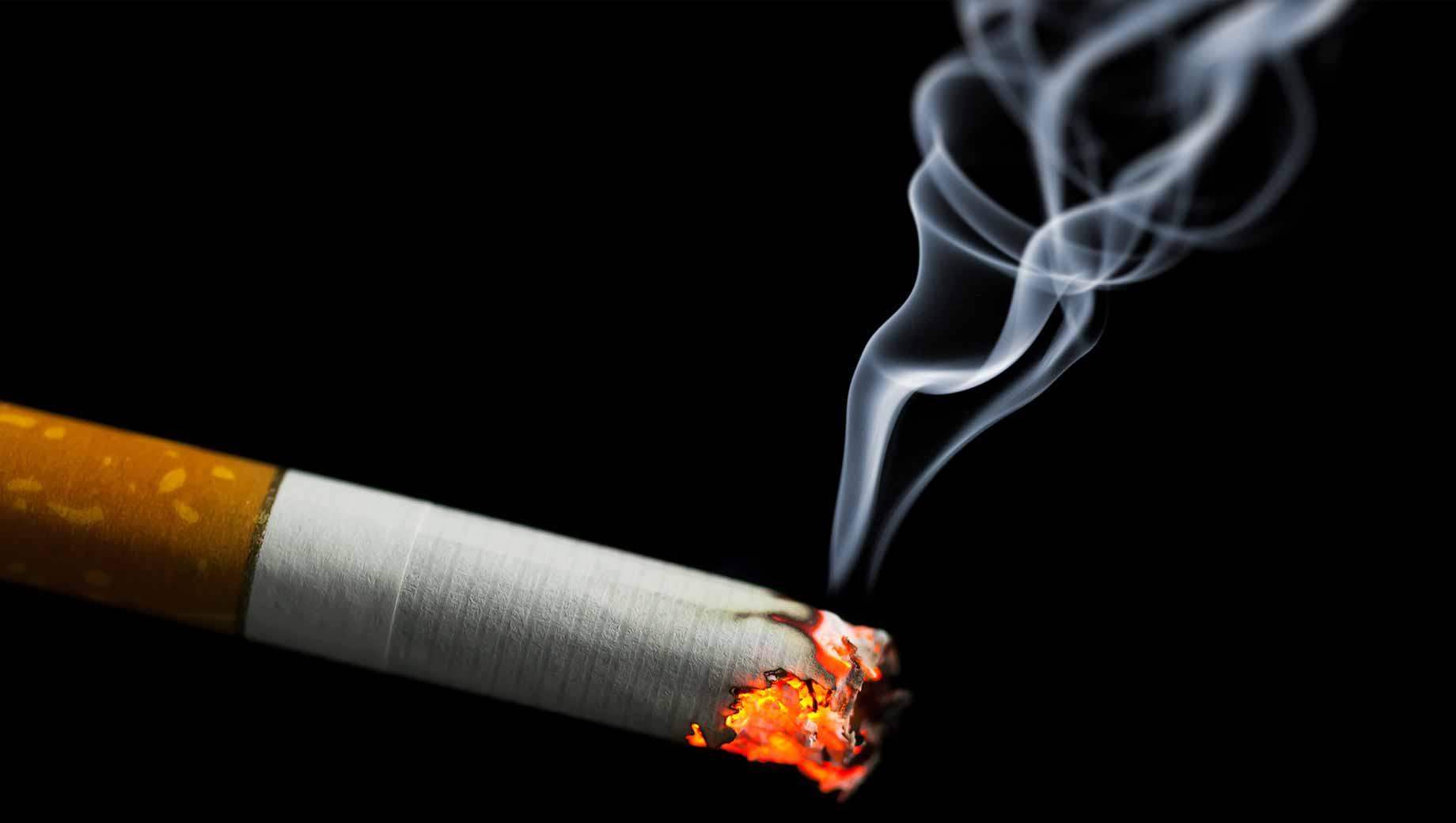
Lung cancer is the commonest cancer in the world and the cause of more cancer deaths than any other cancer. Despite that, most cases are avoidable, as the principal risk factor for developing lung cancer is tobacco smoking.
According to the World Health Organisation, tobacco smoking is responsible for about 85 percent of all cases of lung cancer.
Every November, efforts are made globally to increase awareness of the factors that pose a risk of lung cancer, the preventive measures that can be taken, the importance of early detection of the disease and the treatment options available.
Causes
Lung cancer occurs when cells in the lungs develop changes in their regulatory genes, resulting in the growth and multiplication of cells exceeding the normal rate at which new cells replace dead cells. The result is too many cells.
These cancerous cells may then form a mass known as a tumour, which can grow and invade and destroy healthy body tissues. Sometimes, these cells may secrete other hormones otherwise produced naturally elsewhere by the body.
With time, the cancer cells may break away and spread to other parts of the body such as the lymph nodes, brain, liver, bone and other lung. When cancer spreads like this it is called metastatic cancer. The spread to other areas or secretion of hormones may give rise to the symptoms that reveal the cancer symptoms.
Smoking tobacco causes most lung cancers. While it is generally the smoker who develops lung cancer, people exposed to the smoke can also develop lung cancer.
- Mlalazi chronicles his rags-to-riches story
- Mlalazi returns to roots with a free concert
- MP ropes in church in anti-drug fight
- TSL profits slow as costs escalate
Keep Reading
However, there are non-smokers who have never smoked or been exposed to other people’s tobacco smoke, who develop lung cancer. It may be caused by environmental or genetic factors or there may be no clear cause.
It is believed that the way in which tobacco smoking causes lung cancer is by causing changes (mutations) in the genes responsible for normal regulation of cell growth, repair and natural death. Cigarette smoke is full of carcinogens, cancer-causing substances. When you inhale cigarette smoke the carcinogens cause changes in the lung tissue.
Your body may be able initially to repair the damaged cells through the immune system but the more you smoke, the more the carcinogens persist in the cells and causes the deregulation of the repair, growth and multiplication of lung cells.
Therefore, there is uncontrolled division and multiplication of lung cells which overwhelms the immune system responsible for destroying abnormal cells.
Symptoms
Lung cancer does not normally cause symptoms until the disease is advanced. When symptoms do occur they may include a new cough that does not go away, chest pain, coughing up blood, hoarseness, shortness of breath and wheezing and sometimes even weight loss.
If the lung cancer spreads to other parts of the body, symptoms may include bone pain, headache, weight loss, appetite loss and swelling in the face or neck lymphnoedes.
Risk factors
Smoking is the major risk factor. The risk of lung cancer increases with the number of cigarettes you smoke a day and the number of years you have smoked. If you stop smoking at any age this can significantly lower the risk.
Being around people who smoke, resulting in your breathing in second-hand smoke from other people’s cigarette smoke, is another risk factor.
Radiation therapy to the chest for another type of cancer may increase your risk of lung cancer.
Workplace exposure to carcinogens such as asbestos, arsenic, chromium and nickel is another risk factor.
Exposure to radon gas, produced by a natural breakdown of uranium in soil, rock and water and eventually becoming part of the air we breathe is also a risk factor.
Unsafe levels of radon can build up in any building, including homes. Exhaust (diesel) fumes can also increase the risk of lung cancer.
A family history of cancer, such as cancer in a parent, sibling or child, is also a risk factor.
Types
Lung cancer is divided into two major types, small or non-small cell lung cancer, based on the appearance of the cells under a microscope.
Small cell lung cancer, which is the commonest, usually only happens in people who have smoked heavily for years.
Non-small cell lung cancer includes squamous cell carcinoma, adenocarcinoma and large cell carcinoma.
Prevention
There is no sure way to prevent lung cancer but you can reduce the risk of it by not smoking. You can reduce your children’s risk by telling them about the dangers of smoking.
If you smoke, stop smoking now. This will reduce your risk of lung cancer, even if you have smoked for years.
Stay clear of second-hand smoke. Avoid areas where people smoke a lot such as bars. If you have friends or colleagues who smoke, insist they smoke outdoors and away from you.
Adopting a heathy lifestyle by eating a healthy diet and having adequate exercise may help reduce your risk.
Cimas members can seek advice from the Cimas iGo team on the most nutritious type of diet and the type of exercise that would be beneficial for them.
Avoiding or limiting your exposure to cancer-causing agents in the workplace and everywhere else may also be helpful.
Treatment
Early diagnosis is important. Since no symptoms generally appear until the cancer is at an advanced stage, if you have a high risk of it – if for instance you have been a heavy smoker for years – periodic screening for lung cancer could facilitate early detection of it.
Treatment for lung cancer largely depends upon the stage of the cancer and other underlying medical conditions that may be considered.
The treatment can include surgery, radiotherapy and chemotherapy, immunotherapy and up to palliative care in advanced stages.
Early stages have better survival rate after treatment compared to later stages, hence early detection is of great importance.
If the cancer is at an advanced stage and cannot be cured or if treatment has failed to overcome the cancer, then palliative care can help relieve pain and other symptoms.
- The information in this article is provided as a public service by the Cimas iGo Wellness programme, which is designed to promote good health. It is provided for general information only and should not be construed as medical advice. Readers should consult their doctor or clinic on any matter related to their health or the treatment of any health problem. — igo@cimas.co.zw or WhatsApp 0772 161 829 or phone 024-2773 0663










